
The Internet of Things (IoT) is revolutionizing the way we interact with the world. It connects everyday objects to the internet, enabling them to collect data and communicate intelligently. In this blog, we’ll explore the fundamental concepts of IoT, its impact on various sectors, challenges, and the exciting future it holds. Whether you’re a tech enthusiast, business professional, or just curious, this blog is your key to understanding IoT’s potential. Let’s dive in!
Table of Contents
1. What is IoT?
1.1 Understanding IoT
The Internet of Things (IoT) is a revolutionary concept that involves connecting everyday objects, devices, and machines to the Internet. This connectivity enables these objects to collect and share data, making them “smart” and able to interact with each other and with us. This change is part of a broader technological development known as the Fourth Industrial Revolution, where the physical and digital worlds merge. Imagine a world where your fridge can tell you when you’re low on groceries or your thermostat adjusts itself based on your preferences. This is the essence of IoT – making the world around us more sensitive and interconnected.
1.2 Development of IoT
- IoT did not emerge overnight; It has an interesting history. The concept of linking devices dates back to the early days of radio and telegraph communications, where data transmission over long distances was a significant breakthrough. Over time, technological advancements led to the development of RFID (radio-frequency identification) systems, which laid the foundation for IoT. These early systems were used to track and identify objects, but they lacked the data-sharing capabilities we associate with IoT today.
- The IoT did not really begin to take shape until the widespread availability of the Internet and the development of low-cost sensor and communication technologies. This phase is often referred to as the “Internet of Things 2.0”, marking the point at which IoT gained momentum and became widely adopted.
- The transformational journey from these humble beginnings to the global IoT network we have today is remarkable. IoT has evolved to encompass a vast and diverse ecosystem of devices and applications, impacting almost every aspect of our lives. The continued growth and expansion of IoT make it one of the most exciting technological advancements of our time.
2: How does IoT work?
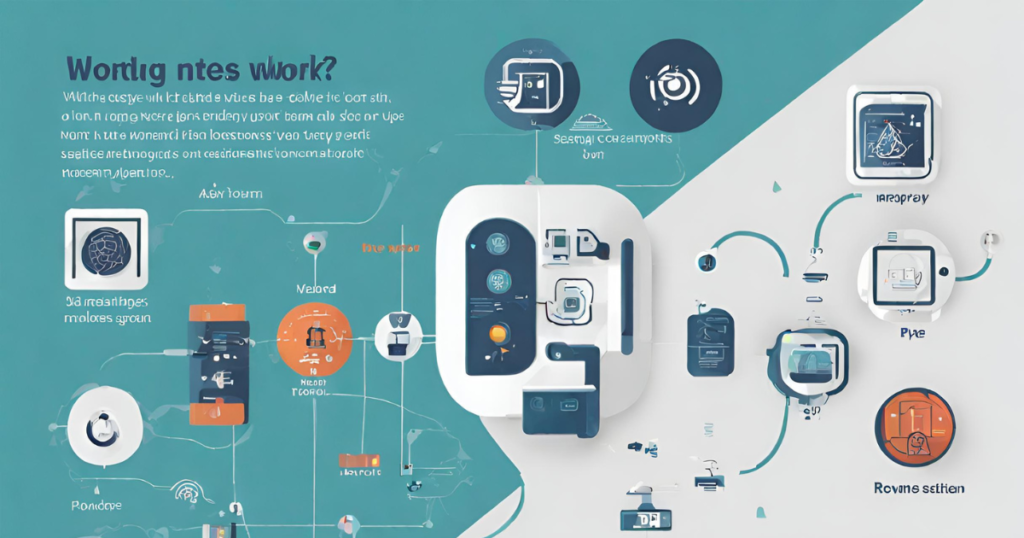
2.1 Understanding the world
- The core of IoT lies in the ability to sense and collect data from the physical world. Sensors play an important role in this process. These small, often unobtrusive devices are responsible for monitoring various aspects of our environment, including temperature, humidity, motion, light and more. They act as the eyes and ears of the IoT, receiving real-world information and translating it into digital data that can be processed and analyzed.
- These sensors come in many forms, each designed for specific purposes. For example, temperature and humidity sensors are commonly used in smart thermostats to create a comfortable indoor environment. On the other hand, motion sensors are important for security systems and smart lighting, detecting movement to trigger actions.
- These sensors work on the principle of converting physical phenomena into electrical signals. For example, a temperature sensor may use a thermistor to change its resistance to temperature, which can then be measured and converted to a digital value by a microcontroller or processor.
2.2 Data transmission and analysis
- Once sensors collect data, it is necessary to transmit this information to a central system or cloud for analysis. This step is similar to how our brain processes the sensory input it receives. In IoT, it’s about transforming raw data into actionable insights.
- Data transmission can occur through a variety of communication technologies, depending on the range of the application, power consumption, and data volume requirements. Wi-Fi, known for its speed and reliability, is suitable for high-bandwidth applications. Bluetooth is excellent for short-range connections, while cellular networks provide wider coverage. Low-power wide-area networks (LPWANs) are designed for applications that require long battery life and extended range, such as tracking devices.
- Once the data reaches the central system or cloud, it is analyzed. This process involves extracting valuable information, detecting patterns, and making decisions based on the collected data. This is comparable to how our brain interprets sensory input and guides our actions.
- Data analysis in IoT often involves the use of machine learning and artificial intelligence algorithms. These technologies can identify trends, anomalies, and correlations in data, helping organizations make informed decisions, predict future events, and automate responses.
3: Building Blocks of IoT

3.1 Instruments and sensors
The diversity of IoT devices is astonishing. They come in a variety of forms, from the smallest, low-power sensors to large, complex autonomous vehicles. These devices serve as the hands and feet of IoT, interacting with the physical world and the digital realm.
Let’s look at some examples to understand the prevalence of IoT devices:
- Smart Thermostat: These devices, like the Nest Thermostat, use temperature and humidity sensors to create a comfortable indoor environment. These may be remotely controlled using applications on smartphones. Smart thermostats are part of a broader category of home automation devices, which also include smart lighting, smart locks, and smart appliances.
- Wearable health devices: Devices like fitness trackers and smartwatches are equipped with sensors to monitor heart rate, steps taken, and sleep patterns. These devices have become increasingly popular for personal health monitoring and fitness tracking.
- Connected Vehicles: Modern cars are becoming smarter with IoT technology. They have sensors that monitor engine performance, and safety features, and even provide navigation assistance. Connected vehicles are at the forefront of transportation innovation, paving the way for autonomous driving and improved road safety.
Microcontrollers and microprocessors inside these devices are like their brains. These components are responsible for processing the collected data, making decisions, and controlling the device’s activities. Just as our brains process sensory information to direct our activities, microcontrollers and processors manage the functions of IoT devices.
Miniaturization and integration of these components have been key in making IoT devices more accessible, affordable, and capable of performing complex tasks.
3.2 How things connect
IoT devices need a way to communicate with each other and with us, and this is where connectivity comes in handy. Just as we use language to express our thoughts, IoT devices use different communication methods to share information.
Here are some common examples of communication technologies used in IoT:
- Wi-Fi: This technology allows devices to connect to the Internet and communicate with each other within a local network. It uses your home’s Wi-Fi to let the devices in your home talk to each other. Wi-Fi is ideal for high-speed data exchange, making it suitable for applications that require real-time communication and high data bandwidth.
- Bluetooth: Bluetooth is excellent for short-distance communications. It’s like connecting your smartphone to wireless headphones for music streaming. Bluetooth is commonly used in applications where devices need to exchange data within close proximity, such as connecting a smartphone to a smartwatch.
- Cellular Network: Devices with cellular connectivity can access the Internet from almost anywhere, just as your mobile phone connects to the Internet through cell towers. Cellular networks are essential for IoT applications that require wide coverage, mobility, and access to the Internet beyond the local Wi-Fi network. This is particularly valuable in applications such as vehicle tracking and remote monitoring.
- Low-power wide-area networks (LPWAN): LPWAN technologies, such as LoRaWAN, are designed for long-range communications with minimal power consumption. They like to send messages over long distances using very little energy. LPWAN is an excellent choice for IoT devices that need to operate on battery for long periods of time, such as remote environmental sensors or asset tracking devices in agriculture.
The connecting method selected relies on the particular needs of the IoT application. For example, devices in smart homes may use Wi-Fi for high-speed communications, while agricultural sensors in remote areas may rely on LPWAN to save power.
3.3 Data storage and processing
Once IoT devices collect data, it must be stored, processed, and made available for analysis. The data storage and processing components of IoT are similar to our memory and cognitive abilities.
Let’s see how it works:
- Edge Computing: Edge computing is a distributed computing paradigm that brings data processing closer to the data source (IoT devices). This amounts to thinking locally before sharing information. By processing data at the edge, IoT systems can reduce latency, save bandwidth, and make real-time decisions. For example, a security camera equipped with edge computing capabilities can detect intruders and take immediate action without waiting for instructions from a central server.
- Cloud computing: The cloud serves as the central hub for many IoT applications. This is where data from devices around the world is stored, analyzed and made accessible to users. Think of the cloud as a giant library where all the data is stored and processed. IoT cloud platforms, such as AWS IoT, Google Cloud IoT, and Azure IoT, provide tools and services for managing IoT data. Cloud-based analytics allows organizations to gain insights from large datasets, build predictive models, and provide remote device management.
- Data Security and Privacy: It is of utmost importance to protect the data collected by IoT devices. Data security is similar to protecting one’s thoughts and personal information. This includes encryption, access controls, and measures to ensure data integrity and confidentiality. Since IoT devices often collect sensitive information, such as personal health data or security camera footage, strong security measures are essential to prevent data breaches and unauthorized access.
- Scalability: IoT applications often grow rapidly as more devices are added to the network. Scalability is similar to expanding our cognitive capacity as we learn and acquire more knowledge. IoT platforms must handle increasing amounts of data, devices, and users. Scalable systems can accommodate the growth of IoT networks without compromising performance or stability.
3.4 Internet of Services
The Internet of Things is not limited to devices and data – it extends to the realm of services. This is where the ecosystem of applications, analytics, and user interfaces that mirror our interactions with the world come into play.
Here are some important aspects of the Internet of Services:
- IoT applications: These are software programs that enable you to interact with your IoT devices. Smartphone apps, web interfaces, and dedicated software for managing IoT devices are required for user control and monitoring. Similar to how you use your computer or smartphone to access information and perform tasks, IoT applications empower you to control your smart home, track your health, or manage your business assets remotely. Let’s make.
- Machine Learning and Artificial Intelligence: Machine learning and AI are the brains of IoT analytics. Just as humans use logic and reasoning to make decisions, IoT applications leverage these technologies to gain insights from data. This includes predictive maintenance, anomaly detection, and optimization algorithms. For example, an AI-powered home security system can differentiate between a delivery person and an intruder by analyzing video footage and making real-time decisions.
- User Interface: The user interface acts as a bridge between humans and IoT systems. They allow us to interact with and control IoT devices and access the insights derived from the data. This could be a smartphone app, a web dashboard, or even a voice-activated virtual assistant like Amazon’s Alexa or Google Assistant. The user interface converts our intentions into actions for IoT devices, like adjusting the thermostat or checking security camera feeds.
4: IoT Use Cases

4.1 Smart Home
Smart homes are a prime example of how IoT technology improves our daily lives. IoT devices turn our homes into intelligent environments that adapt to our preferences and make everyday tasks more convenient and energy-efficient.
Here are some of the key components of a smart home:
- Smart lighting: Lighting systems that adjust to your daily routine and can be controlled remotely.
- Smart Thermostats: Thermostats that learn your heating and cooling preferences and save energy.
- Voice assistants: Devices like Amazon Echo and Google Home that allow voice-activated control of IoT devices.
- Security cameras: IoT-enabled cameras that provide remote monitoring and real-time alerts for home security.
- Smart appliances: Appliances like refrigerators and ovens that can be controlled and monitored remotely.
4.2 Health care and wearables
The healthcare sector has been significantly impacted by IoT. Wearable health devices, in particular, have enabled remote monitoring and personal health tracking.
Some notable applications include:
- Fitness trackers: Devices that monitor your physical activity, heart rate, and sleep patterns.
- Remote patient monitoring: IoT devices that allow healthcare providers to monitor patients’ vital signs remotely, improving patient care and reducing hospital admissions.
- Medication Adherence: Smart pill dispensers that remind patients to take their medications.
- Telemedicine: IoT-based video conferencing and remote consultation tools for health care professionals and patients.
4.3 Agriculture
Agriculture is being transformed by IoT, with smart farming practices increasing crop yields, optimizing resource use and reducing environmental impact.
Major applications include:
- Precision agriculture: IoT sensors and drones are used to monitor soil conditions, crop health and weather data, allowing farmers to make data-driven decisions.
- Livestock monitoring: IoT systems for tracking the health and location of livestock, helping to improve animal welfare and farm management.
- Smart Irrigation: Automated irrigation systems that adjust watering schedules based on soil moisture levels, weather forecasts, and crop requirements.
4.4 Smart Cities
IoT is helping cities become more efficient, sustainable and livable. Smart city initiatives involve the deployment of connected infrastructure and data-driven decision-making.
Examples of smart city applications are:
- Smart Transportation: IoT-enabled traffic management systems, connected public transportation and smart parking solutions.
- Waste management: Smart trash bins that alert collection services when they need to be emptied, reducing operating costs.
- Environmental monitoring: Sensors measure air quality, noise levels and weather conditions to improve urban environmental quality.
- Public Safety: Video surveillance, gunshot detection, and emergency alert systems for better security.
4.5 Industrial IoT (IIoT)
Industrial environments have adopted IoT to improve operational efficiency, reduce downtime, and increase security.
Key aspects of IIoT include:
- Predictive maintenance: IoT sensors and analytics predict device failures, allowing proactive maintenance to reduce downtime.
- Supply Chain Management: Tracking goods and materials in real-time, enhancing inventory control and reducing losses.
- Quality Control: Real-time monitoring and analysis of manufacturing processes to ensure product quality.
- Energy management: IoT systems that optimize energy consumption in industrial facilities.
5: Challenges and Considerations
- Security and Privacy
Since IoT systems collect and transmit sensitive data, security and privacy concerns are paramount. Data breaches and unauthorized access might occur as a result of IoT device faults. It is essential to ensure strong security measures, including encryption and access controls. - Interoperability
The vast array of IoT devices often operate on different communication protocols and standards. Ensuring interoperability between devices and platforms is a challenge that requires industry collaboration and standardization efforts. - Scalability
IoT applications are often larger with more devices and users. Scalability in data storage, processing, and network capacity is critical for the IoT ecosystem. - Data Management
Handling the large amounts of data generated by IoT devices requires strong data management and analytics capabilities. Efficient data storage, processing and analysis are essential to extract meaningful insights. - Ethical Considerations
IoT raises ethical questions related to data ownership, consent, and ability to be monitored. Clear guidelines and regulations are needed to address these ethical concerns. - Environmental impact
The production and disposal of IoT devices as well as the energy consumption of connected systems have environmental consequences. Sustainable practices in manufacturing and energy use are necessary to reduce these impacts.
7: IoT in Business
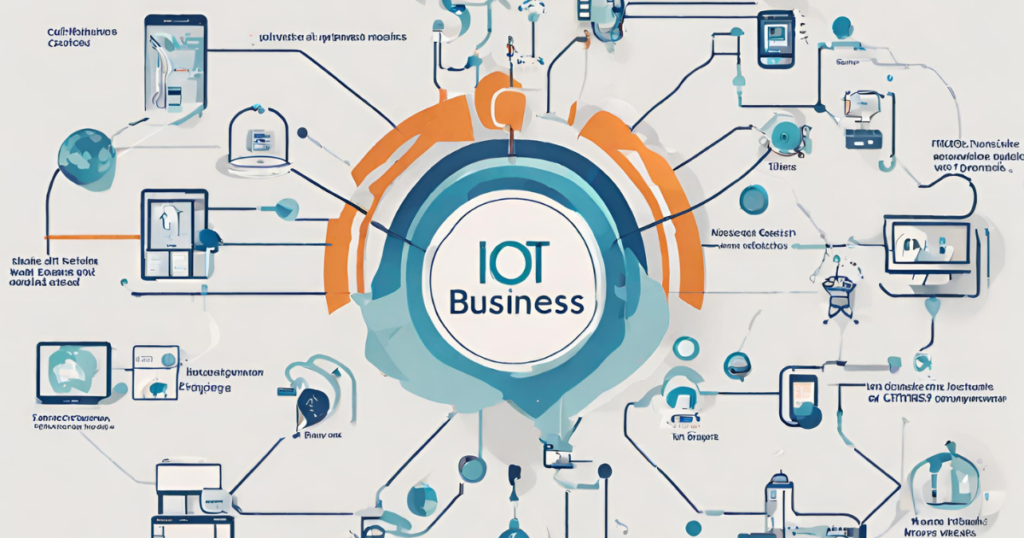
In recent years, the adoption of IoT in the business world has increased dramatically, offering many opportunities and growth projections. The economic potential of IoT in business is huge, with industry analysts predicting rapid growth across a variety of sectors. Let’s look at these opportunities and explore some fascinating case studies that illustrate how businesses have leveraged IoT to their advantage.
Market Opportunities: Economic Potential and Growth Projections
The economic potential of IoT in business is staggering. Various market research reports and forecasts provide insights into the growth projections of IoT in the business sector. Here are some key points to consider:
- Market Size: With billions of connected devices projected by the end of the decade, the global IoT market is expected to continue its strong growth. This market expansion is not limited to any one industry but includes diverse sectors including manufacturing, healthcare, logistics and agriculture.
- Cost Savings: IoT adoption can lead to substantial cost savings for businesses. Through the collection of data and automation of processes, companies can optimize their operations, reduce waste and increase efficiency. For example, predictive maintenance can significantly reduce equipment downtime and repair costs.
- Revenue generation: IoT provides fertile ground for businesses to create new revenue streams. Companies can develop IoT-based products and services, such as smart devices, industrial sensors, and subscription-based data analytics, to take advantage of the growing IoT market.
- Market disruption: IoT has the potential to disrupt traditional business models. Innovations in IoT technology enable businesses to deliver products and services in entirely new ways. For example, ride-sharing services and food delivery platforms have transformed their industries through IoT-powered applications.
- Industry-Specific Opportunities: There are specific opportunities for IoT integration in different industries. Healthcare could benefit from remote patient monitoring, while agriculture could increase crop yields through precision farming. Understanding these industry-specific applications is important for businesses looking to enter the IoT market.
Case Studies: Success Stories of Businesses Leveraging IoT
Real-world case studies provide valuable insights into how businesses can leverage IoT to gain a competitive edge. Here are some illustrative examples:
- General Electric (GE): GE applied IoT technology to develop predictive maintenance systems for its industrial equipment. Through sensors and analytics, GE can monitor the performance of turbines, aircraft engines and healthcare equipment, allowing them to detect issues before they become serious. This has resulted in increased operational efficiency and reduced maintenance costs.
- Amazon Go: Amazon’s cashierless stores are powered by IoT technology. Cameras and sensors track customers’ movements and their selected items, eliminating the need for traditional checkout. This seamless shopping experience shows how IoT can revolutionize retail.
- John Deere: Agriculture giant uses IoT for precision farming. Sensors on their equipment collect data on soil conditions, crop health and weather. This data enables farmers to make data-driven decisions, optimizing crop yields and resource utilization. IoT has transformed traditional farming into a highly efficient and sustainable industry.
- Siemens: Siemens leverages IoT in its industrial automation solutions. The company’s IoT-enabled manufacturing equipment allows real-time monitoring and control, thereby increasing production capacity, reducing downtime and delivering substantial cost savings for businesses.
8: Future of IoT
The future of IoT is a dynamic landscape that promises exciting growth driven by emerging technologies and notable trends. Businesses need to stay ahead of the curve to remain competitive and take advantage of these advancements.
Emerging Technologies: AI, 5G, Blockchain and Edge Computing
- Artificial Intelligence (AI): The integration of AI with IoT is transforming data analytics. AI can analyze huge datasets from IoT devices, extract meaningful insights and enable predictive analytics. For businesses, this means better decision-making, improved customer experiences and increased operational efficiency.
- 5G Connectivity: The rollout of 5G networks is set to accelerate the adoption of IoT. With faster, more reliable connections, businesses can deploy IoT devices and applications that demand high-speed data transfers and low latency. This will open the door to innovative applications in industries such as healthcare, autonomous vehicles and augmented reality.
- Blockchain: Blockchain technology is increasing the security and reliability of IoT systems. It can be used to secure transactions, ensure data integrity, and manage device identity in IoT networks. Businesses that rely on secure data exchange, such as supply chain management and financial services, are increasingly turning to blockchain.
- Edge computing: Edge computing brings data processing closer to the data source, reducing latency and enabling real-time decision-making. This is particularly valuable for IoT applications that require immediate action, such as autonomous vehicles and industrial automation.
Notable Trends: Voice Search, AI and User Intent
- Voice Search: The rise of voice-activated virtual assistants, such as Amazon’s Alexa and Google Assistant, is changing the way consumers interact with IoT devices. Businesses are adapting by creating voice-activated applications to connect with customers in new ways.
- AI integration: AI-powered applications, such as chatbots and virtual assistants, are becoming more common. These AI-powered interfaces enhance customer service and user experience. They can help businesses automate processes, answer customer inquiries, and provide personalized recommendations.
- Analyzing user intent: IoT data analytics is increasingly focused on understanding user intent. This allows businesses to provide more relevant and personalized services. For example, e-commerce platforms can analyze user behaviour to more accurately recommend products.
9: Getting Started with IoT
For individuals and businesses looking to get started with IoT, this section provides practical guidance to begin the IoT journey.
DIY Projects: Fun Projects for Practical Learning
For those interested in gaining practical experience with IoT, there are countless do-it-yourself (DIY) projects available. These projects often involve building IoT devices and applications using affordable hardware and open-source software. Examples include building home automation systems, developing weather monitoring stations, or creating smart mirrors. These projects provide an excellent opportunity to learn IoT concepts, experiment with hardware and software, and gain practical skills.
Choosing an IoT Platform: Choosing the Right Platform
Selecting the right IoT platform is critical for success. IoT platforms provide the infrastructure to connect devices, collect data, and analyze information. When choosing a platform, consider factors such as scalability, security, device management, and analytics capabilities. Leading IoT platforms include Amazon Web Services (AWS IoT), Google Cloud IoT, and Microsoft Azure IoT. Evaluate these platforms to find the one that best matches your specific needs and objectives.
Tools for IoT development: essential resources for developers
Developing IoT solutions requires a set of essential tools and resources. These include:
- IoT development kits: Hardware development kits are available for building IoT devices. Common options include the Raspberry Pi and Arduino platforms.
- Programming Languages: Learn languages like Python, C/C++, and JavaScript for IoT application development.
- IoT Protocols: Familiarize yourself with communication protocols like MQTT and CoAP needed to connect IoT devices.
- IoT Security: Understand the principles of IoT security, including encryption, access control, and device management.
- IoT Forums and Communities: Join online communities, forums, and developer networks to connect with others, share knowledge, and seek guidance.
The world of IoT is constantly evolving, presenting a wealth of opportunities for businesses and individuals to explore. As emerging technologies and trends shape the landscape, understanding these developments is the key to staying ahead and harnessing the full potential of the Internet of Things. Whether you are a business leader, developer, or enthusiast, IoT offers an area of innovation and growth worth exploring.
10: Conclusion
The Internet of Things represents a transformative technological wave that is reshaping how we interact with the world. IoT applications span across various domains, from smart homes and healthcare to agriculture and smart cities. However, realizing the full potential of IoT involves addressing challenges such as security, interoperability, scalability, data management, ethics, and environmental impact.
As IoT continues to evolve, it has the potential to enhance the quality of our lives, increase efficiency across industries, and contribute to a more connected and data-driven world. By understanding the fundamentals and considering the associated challenges, individuals and organizations can navigate this emerging landscape and harness the power of the Internet of Things for a better future.
11: Frequently Asked Questions (FAQs)
- What is IoT, and how does it work?
- IoT, short for Internet of Things, refers to the network of interconnected physical devices, objects or “things” that communicate and share data over the Internet. These devices are equipped with sensors, software, and connectivity to collect and exchange information, making them “smart.” IoT works by enabling these devices to interact with each other and with users, improving efficiency, automation and data-driven decision-making.
- What are some real-world examples of IoT applications?
- IoT has a wide range of applications. Examples include smart home devices such as thermostats and security cameras, wearable health trackers, connected vehicles, precision agriculture for farming, smart city infrastructure such as traffic management, and industrial applications for predictive maintenance and supply chain optimization.
- How secure is IoT, and what are the privacy concerns?
– IoT security is a significant concern. If not properly secured, devices can be vulnerable to cyber-attacks. Privacy concerns arise due to the data collected by IoT devices, which may include personal and sensitive information. It is important to ensure strong security measures and data encryption, as well as address privacy regulations. - What challenges does IoT face, and how can they be solved?
- IoT faces challenges related to security, interoperability, scalability, data management, ethical considerations, and environmental impact. These challenges can be addressed through industry collaboration, standardization, implementation of data security measures, ethical guidelines, and sustainable manufacturing practices.
- How do I get started with IoT?
– Getting started with IoT can include learning about IoT concepts, experimenting with do-it-yourself (DIY) projects using IoT development kits, and selecting the right IoT platform. There are plenty of online resources, tutorials, and communities that can help you get started on your IoT journey.








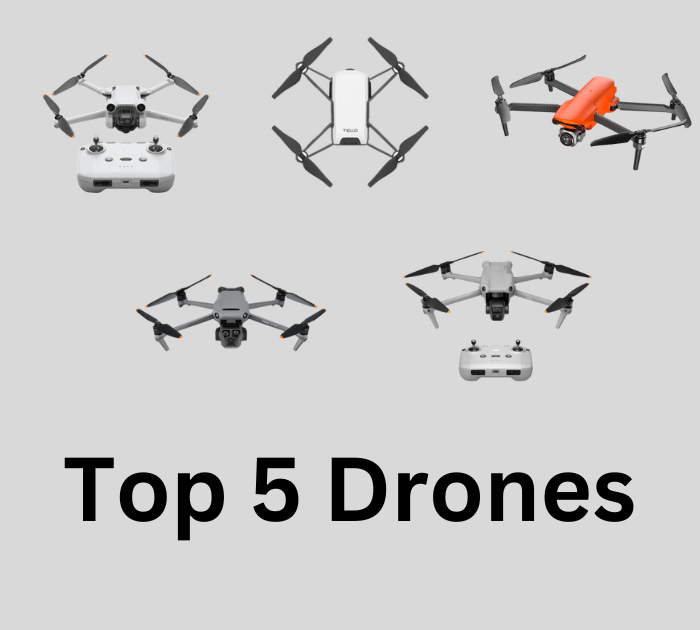
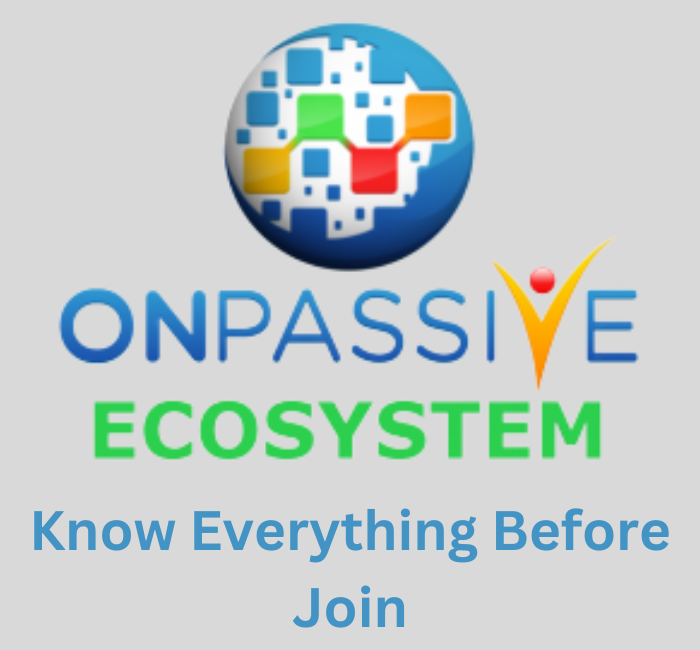

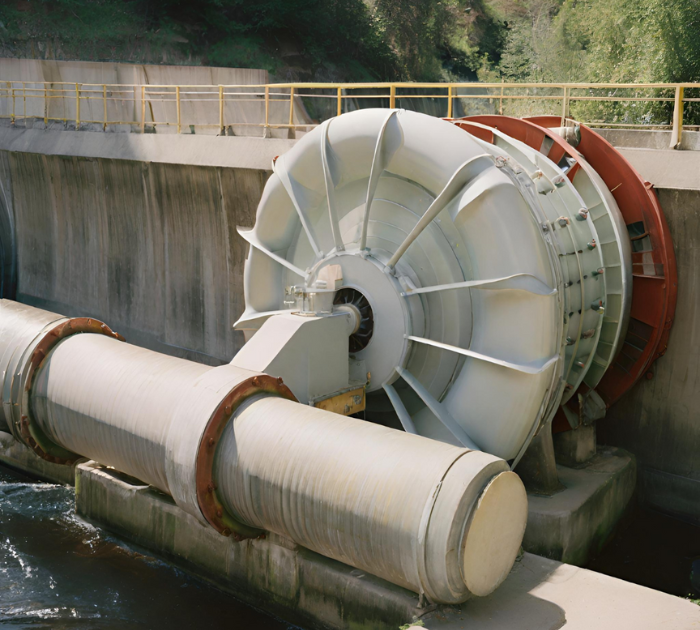

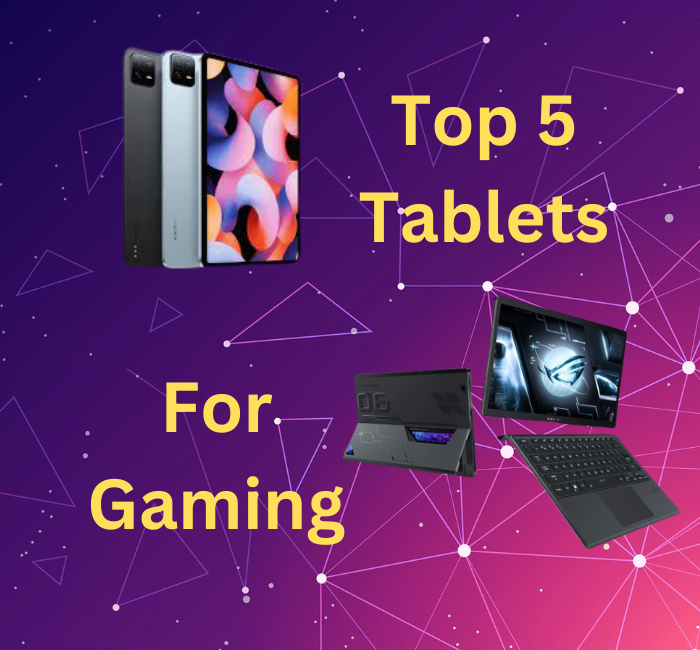


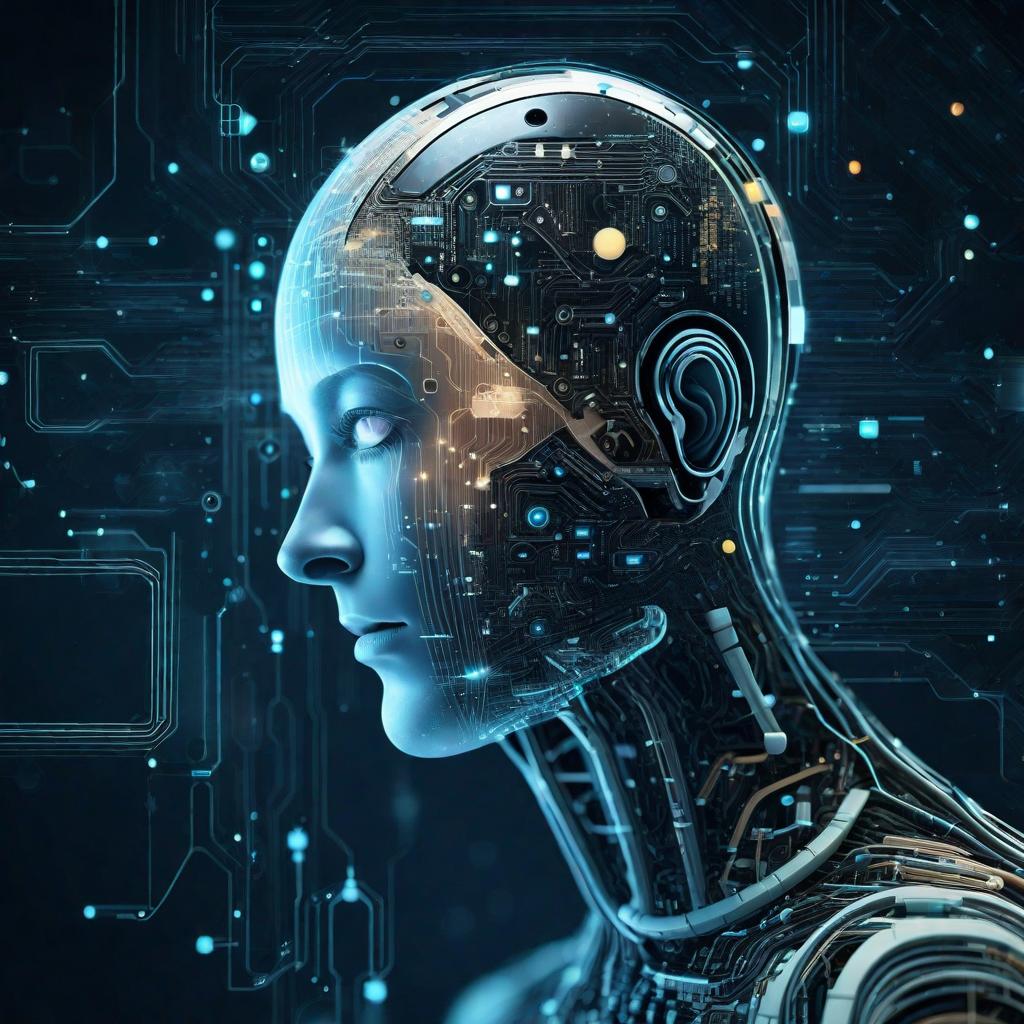

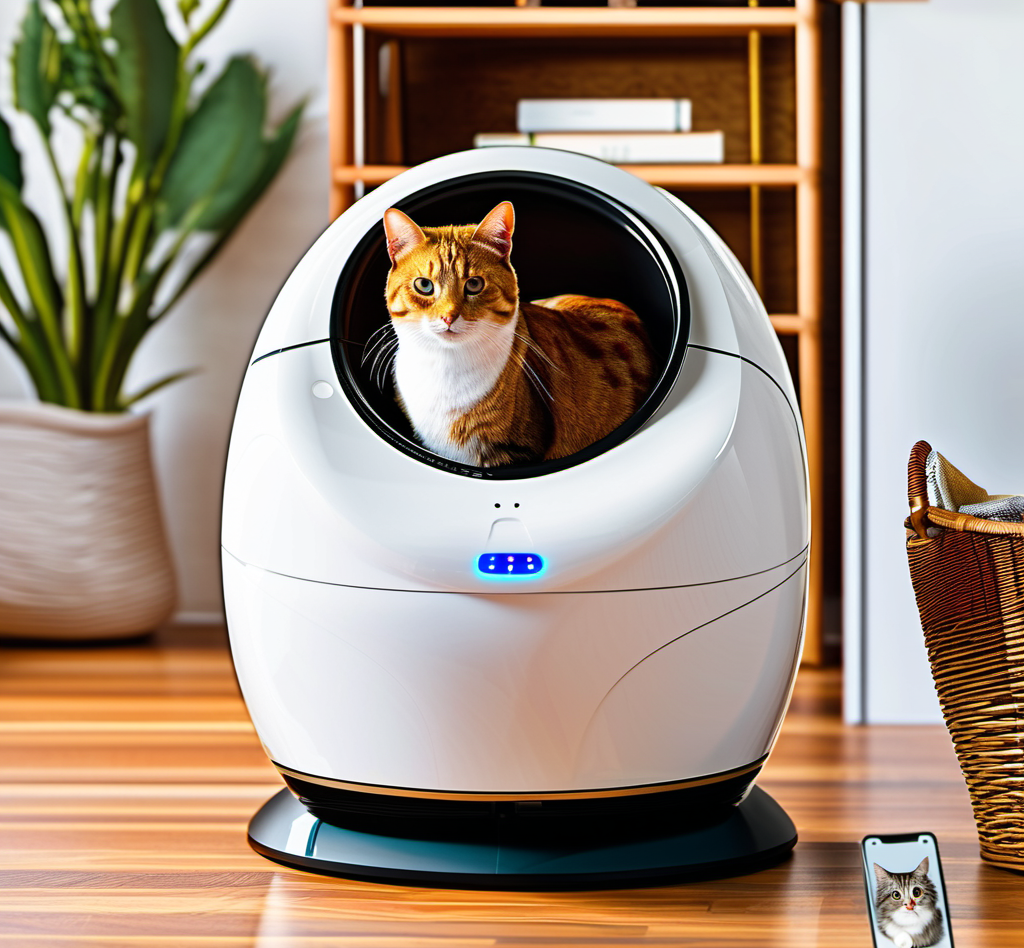
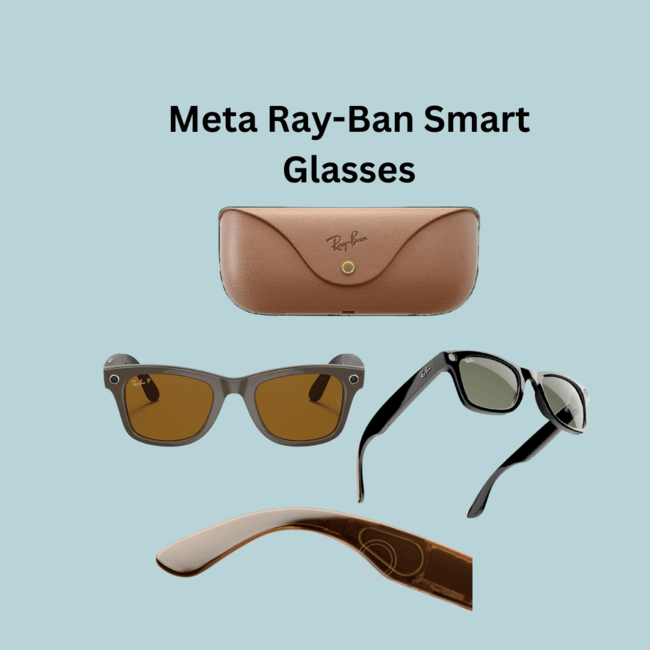


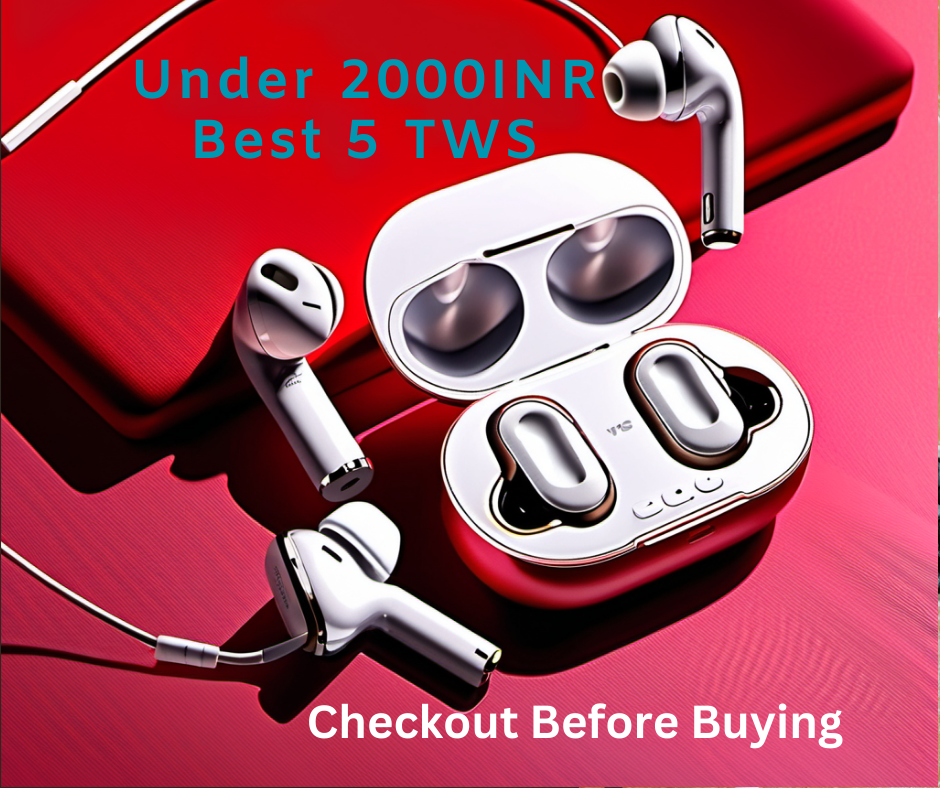
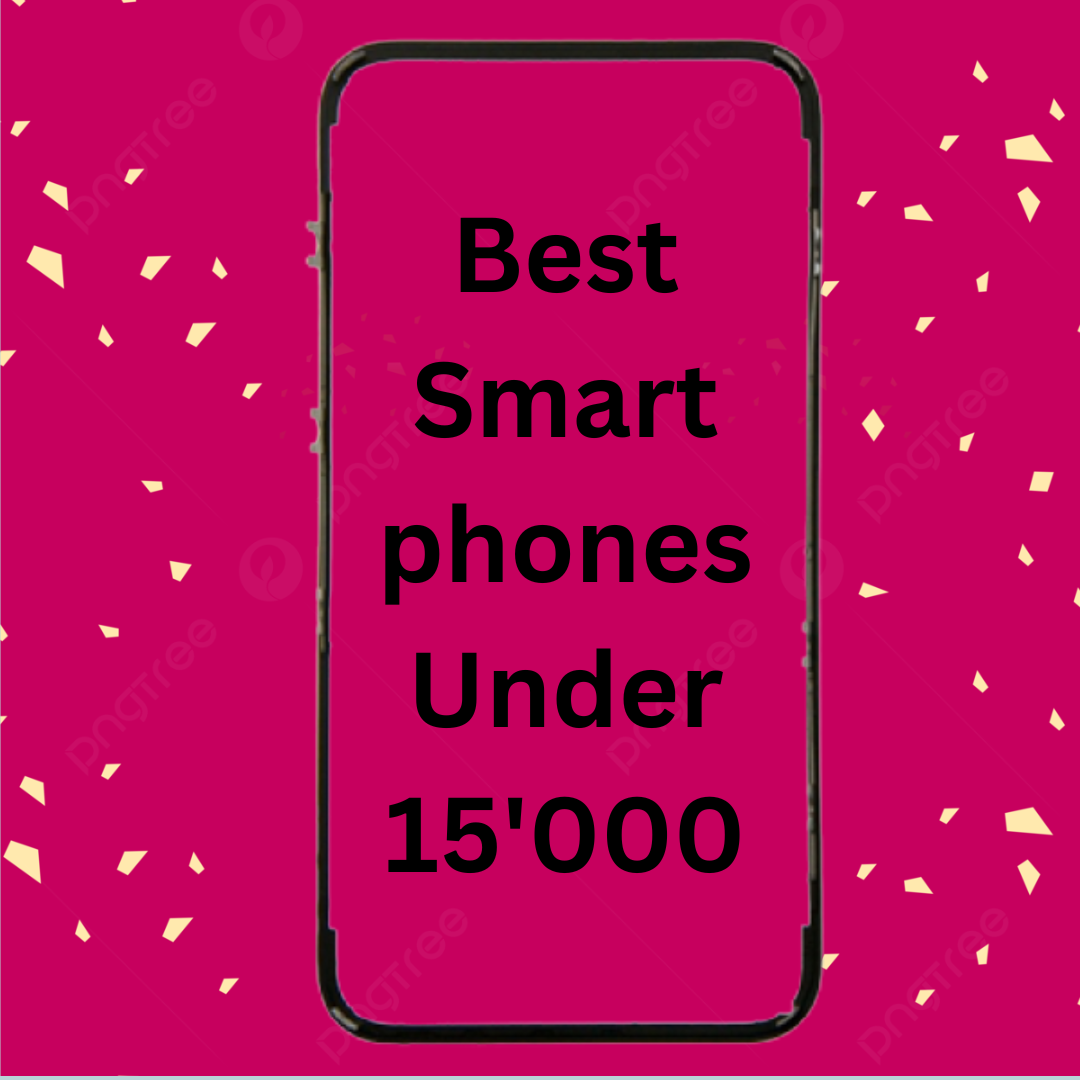
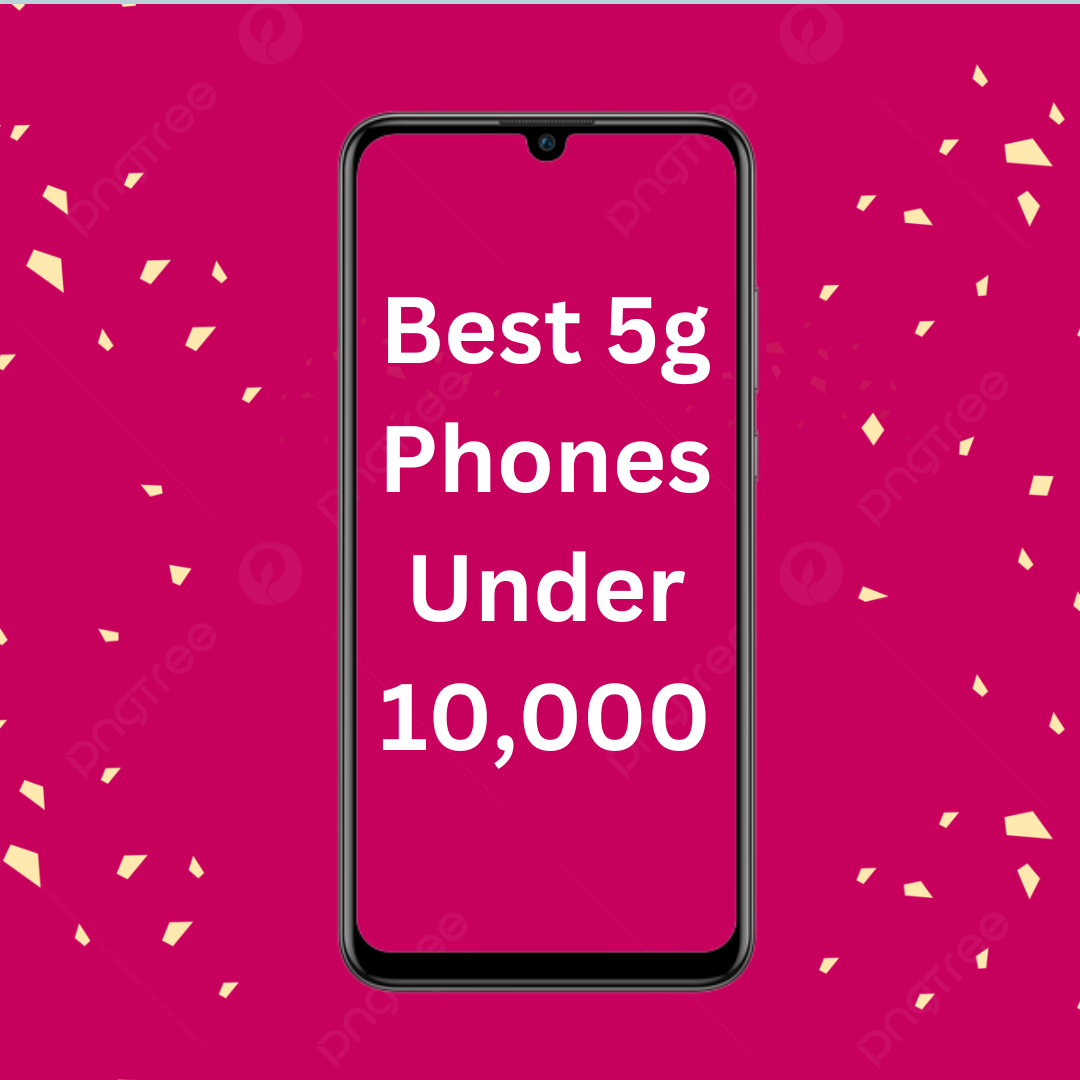




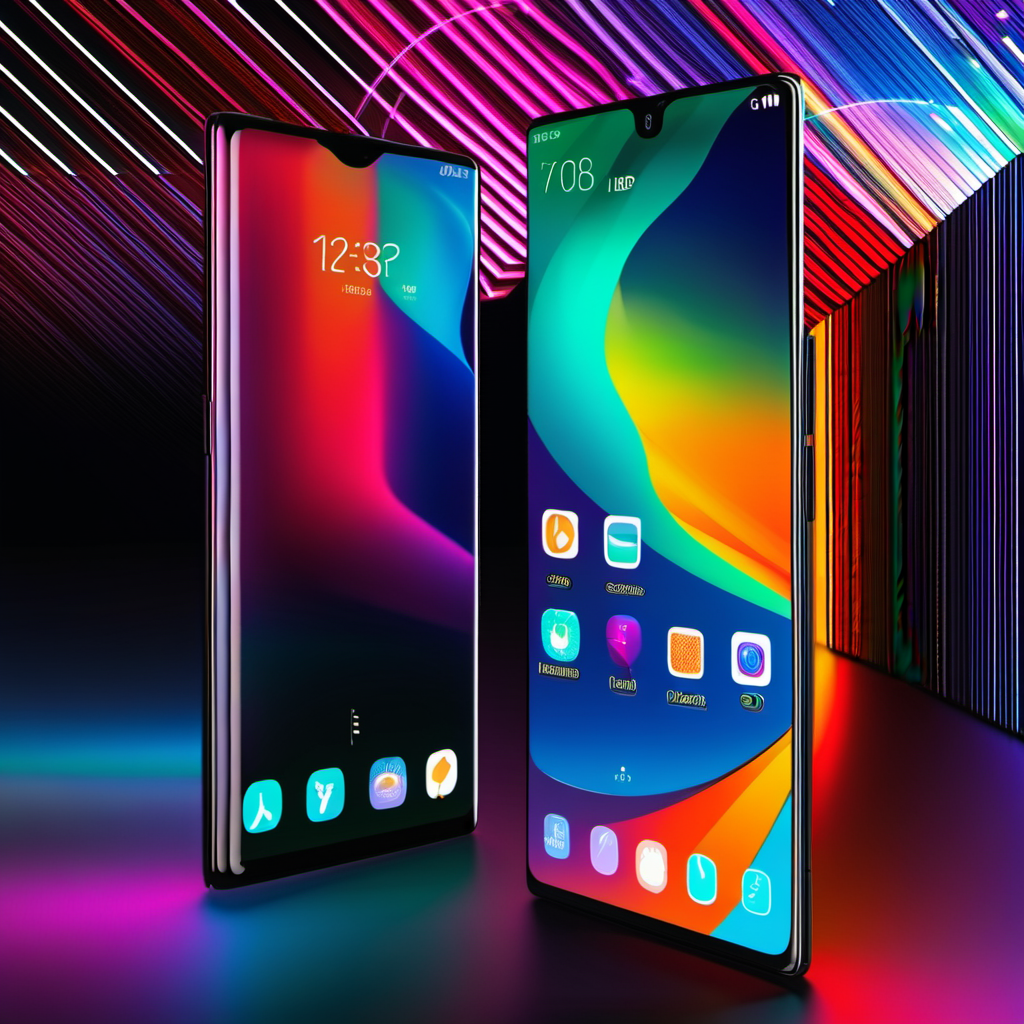
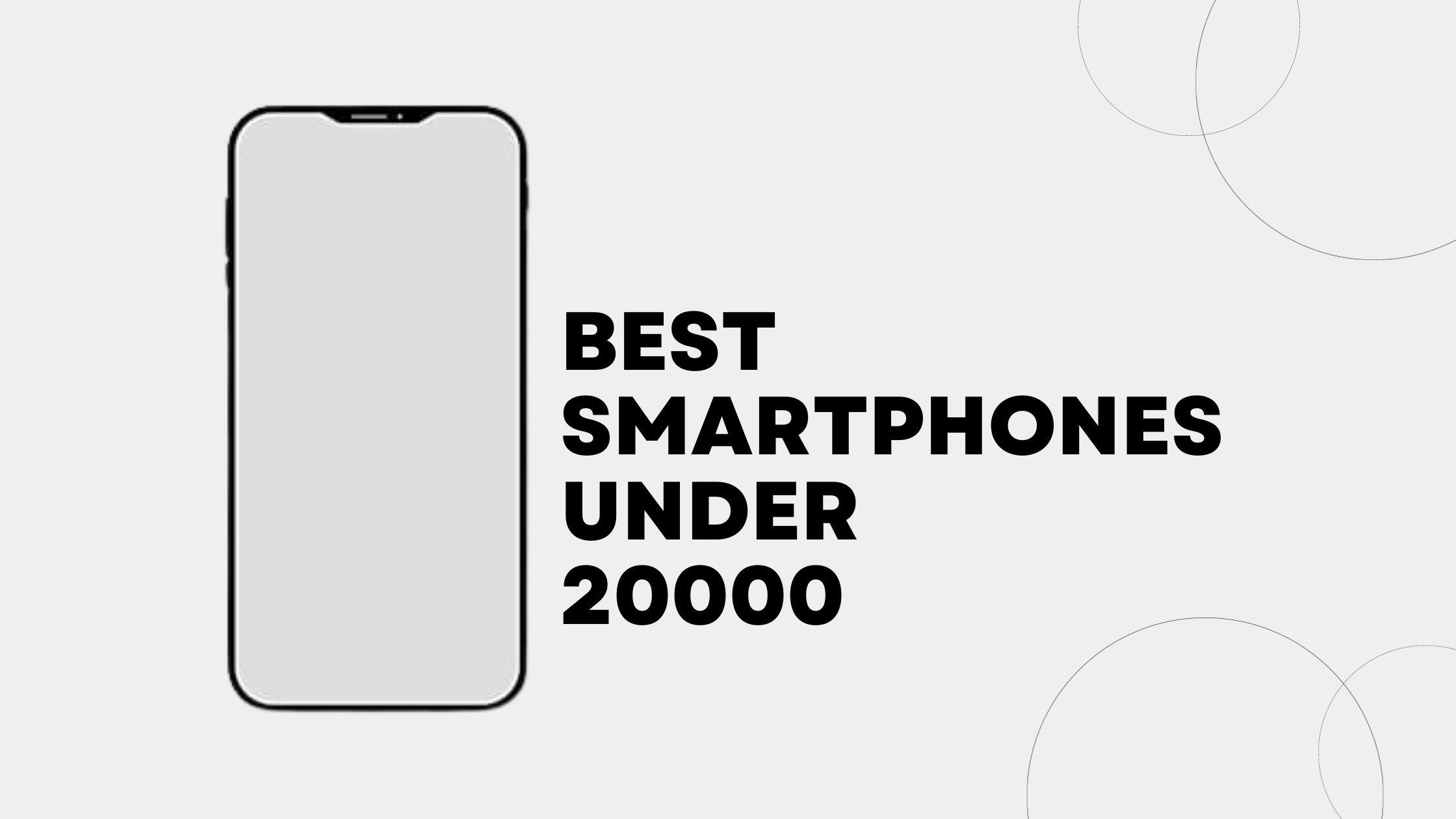
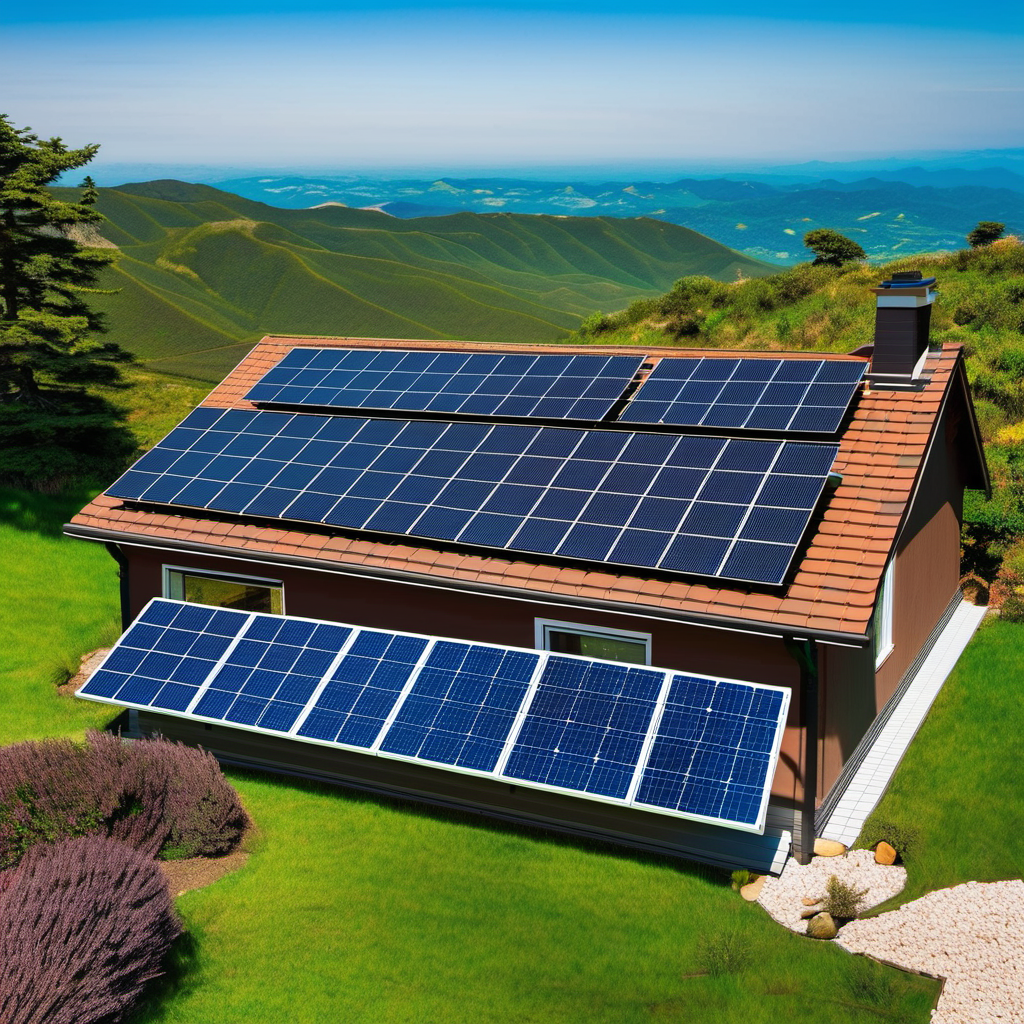

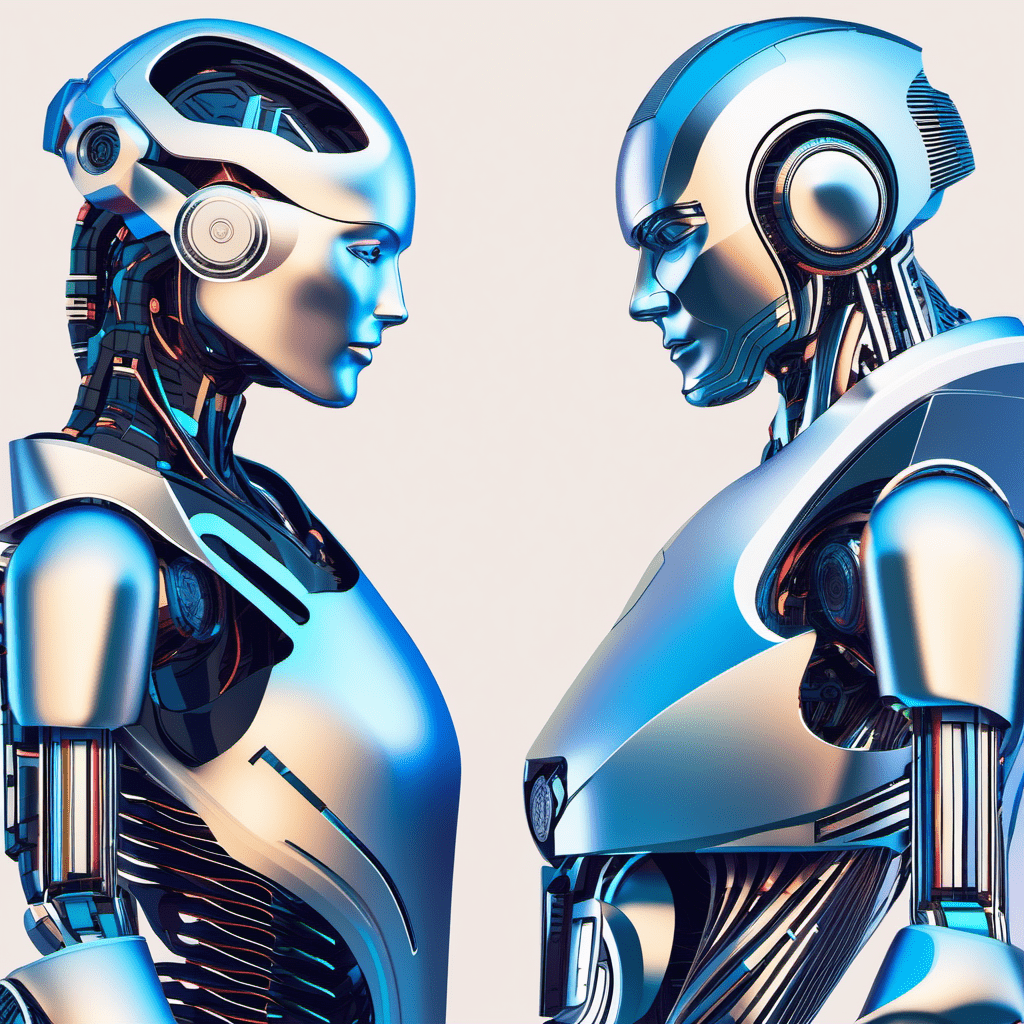
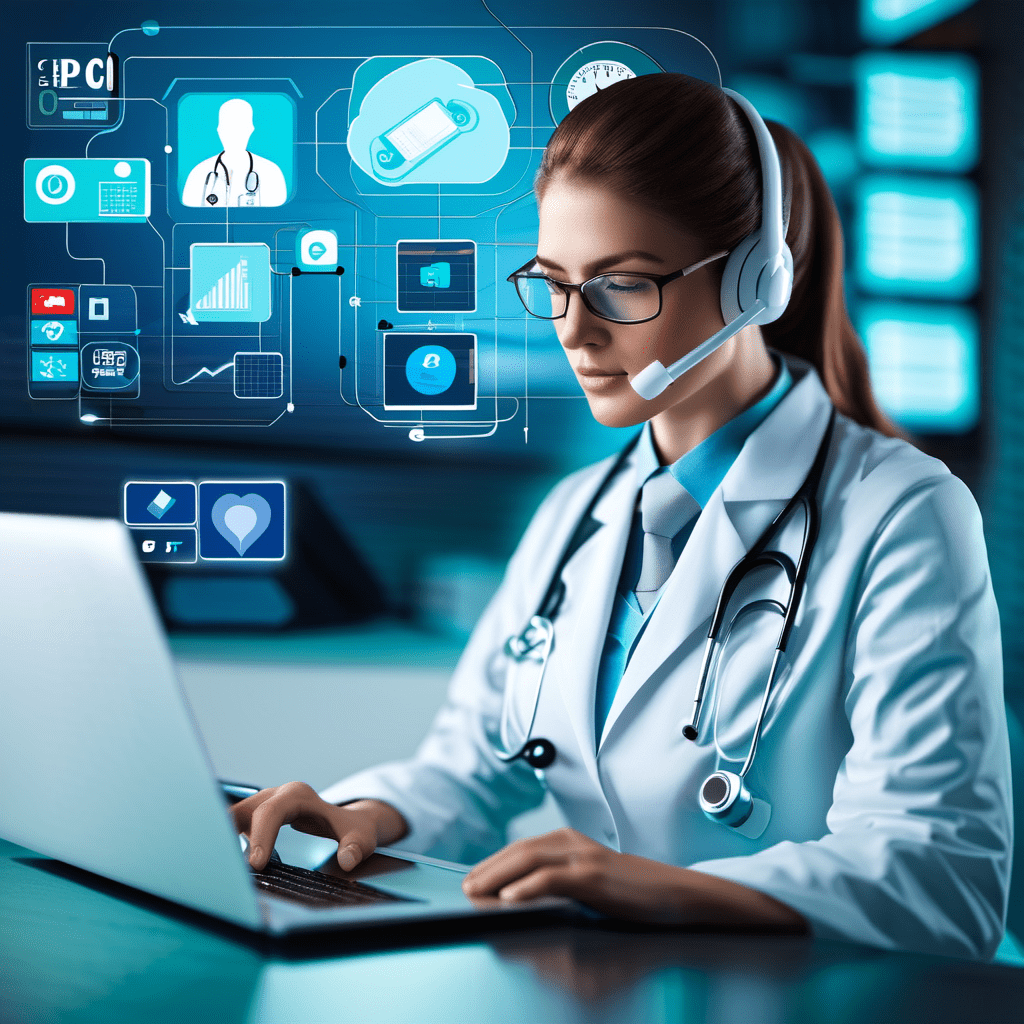
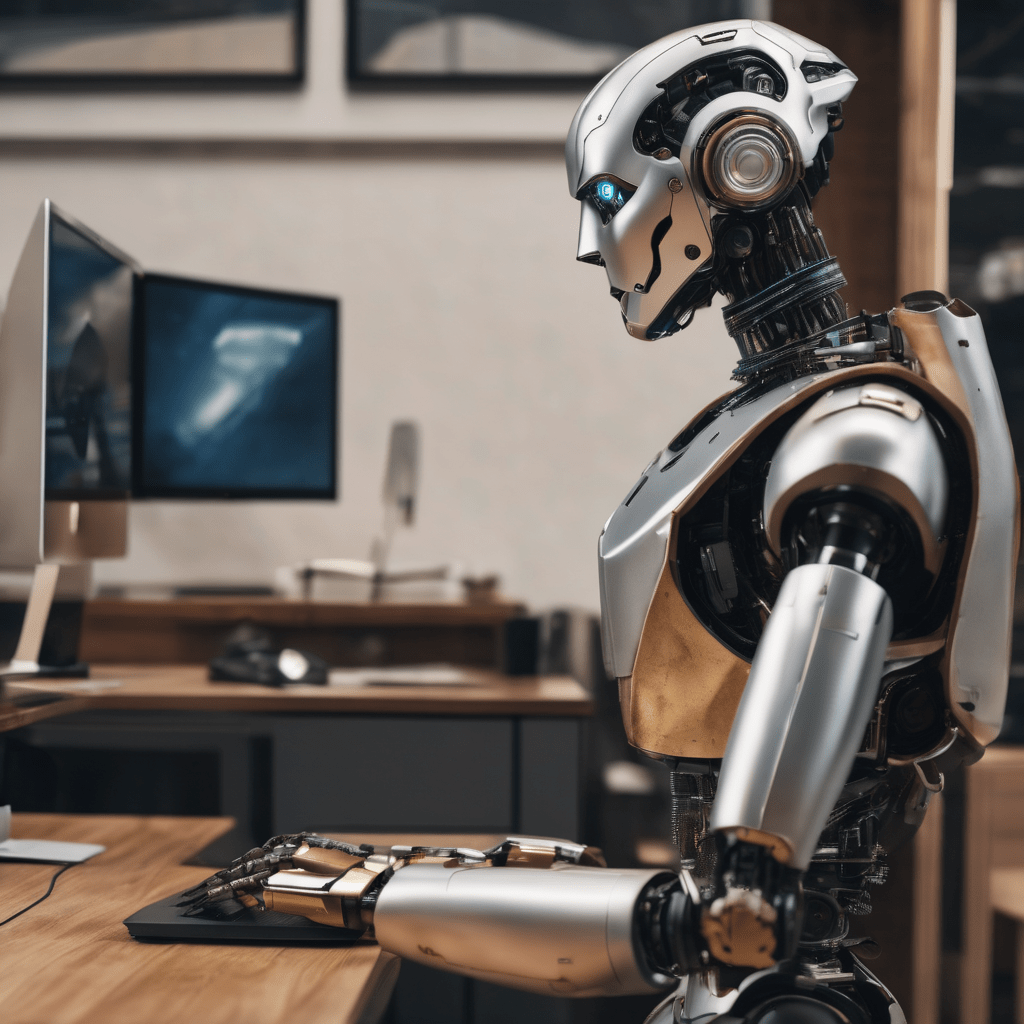
Somebody essentially help to make seriously posts I would state. This is the first time I frequented your website page and thus far? I amazed with the research you made to create this particular publish amazing. Magnificent job!